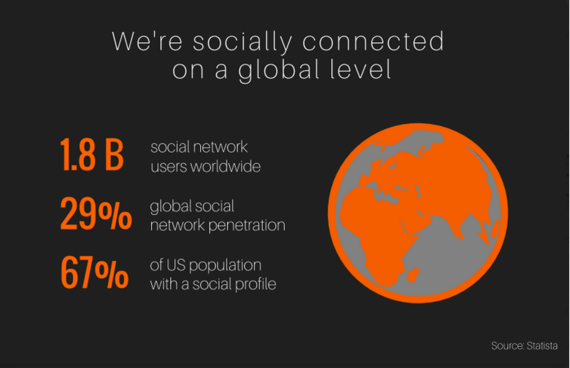With new positions arising in organizations because of social media, many organizations seek applicants who have established professional skills to add to the new department but this may be difficult. Online feedback didn't exist until the Internet evolved and connected people around the world allowing them to have a voice. Managing the online reputation of companies is a something that needs serious attention because of how fast social media can work. Social media can strengthen the relationship between employees and the organization (Micu & Geru, 2016).
Social media professionals have a job that requires them to make sure the brand has one voice and that it can not conflict with their personal voice. Leaders in organizations and Human Resources Departments need to make sure policies and rules are in place to prevent personal voices to be heard instead of professional voices who represent the organization. Strategies need to be implemented when managing brands socially because we can never fully control what is posted on the Internet as it is a public domain (Jordan & Soldano, 2010).
References
Jordan, M., & Soldano, P. M. (2010). Reputation
management in the Internet age: the online challenge of monitoring and
protecting a family’s good name. Trusts & Estates, (8). Retrieved from
http://ezproxy.snhu.edu/login?url=https://search.ebscohost.com/login.aspx?direct=true&db=edsbig&AN=edsbig.A238771361&site=eds-live&scope=site
Micu, A.-E., & Geru, M. (2016). Social Media
Impact on Human Resources Management Strategies. Ovidius University
Annals, Series Economic Sciences, 16(2), 340–344. Retrieved from
http://ezproxy.snhu.edu/login?url=https://search.ebscohost.com/login.aspx?direct=true&db=bsu&AN=121978870&site=eds-live&scope=site

